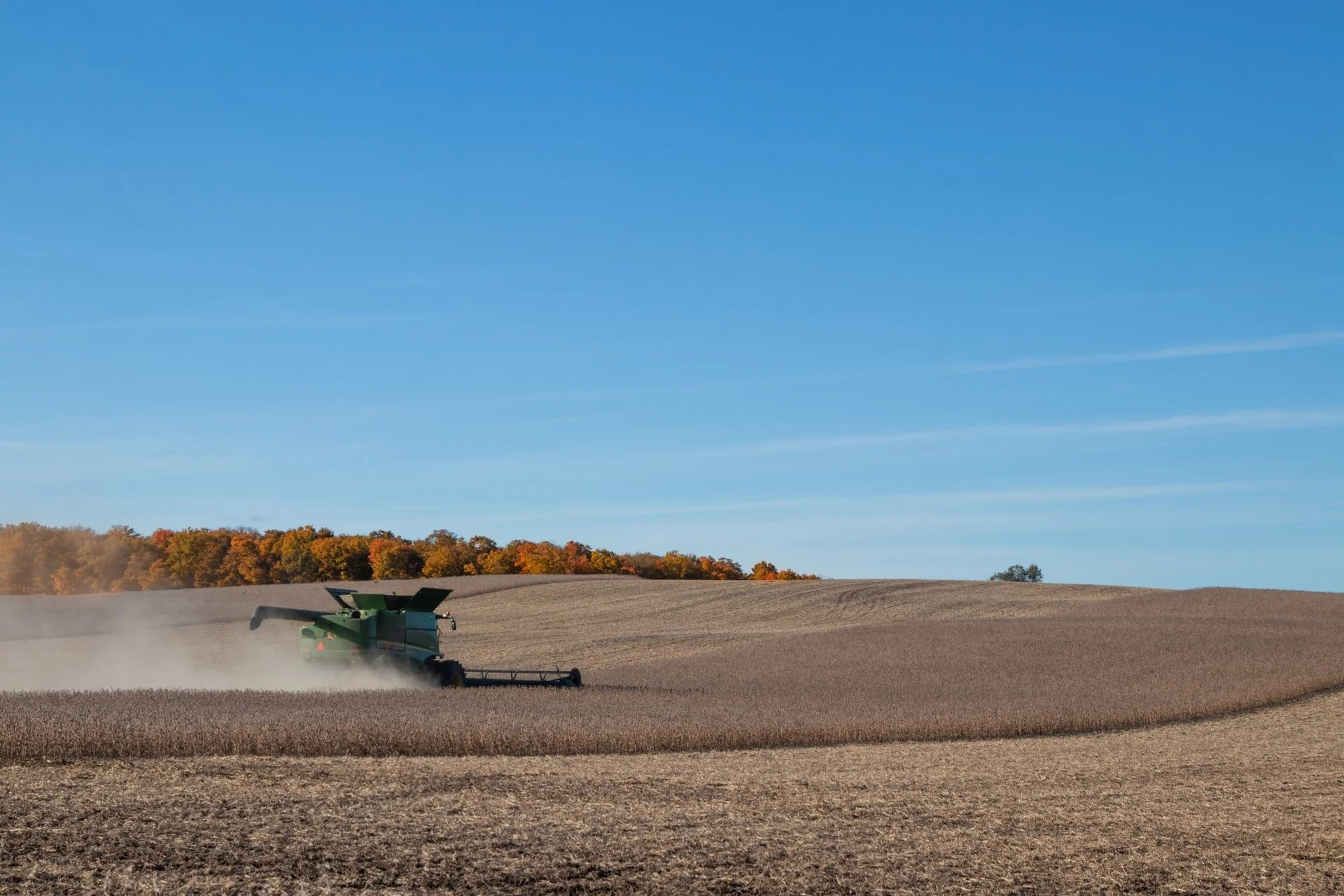A new scorecard shows we’re missing the mark to cut total global emissions by half by 2030 and reach net-zero by mid-century to meet the Paris climate goals. And not enough attention is being paid to the Ag sector’s climate record in the fight to prevent the worst impacts of the climate crisis.
The State of Climate Action report, from The World Resources Institute and ClimateWorks Foundation, found that “in all but a couple of cases, progress is happening far too slowly for the world to meet its emissions-reduction targets – and in some cases, we’re moving in the entirely wrong direction.”
The scorecard grades the climate performance of six major sectors of the global economy including power generation, transportation, cement and steel production, where most climate action attention is usually focused. It shows that only two of the 21 indicators are “on track” to meet the Paris goals. Both of these indicators are in the agriculture sector. However, the overall results for the agriculture sector, less often the subject of climate discussion, look like a case of “the good, the bad and the ugly.”
The chart below lays out the challenge of feeding the world while lowering emissions from food and agriculture.
The “good” is the two “on track” indicators for agriculture -- crop yields and ruminant meat consumption — yet, the devil is in the details. The scorecard is based on global averages but there is high variability at country and regional levels that tells a more nuanced story. The fact is, high beef consumption in richer nations is currently offset by much less beef consumption in the developing world. But the consumption of beef in developing nations is rising and so western nations are not only not on track but they will need to reduce their beef consumption by 3x for the world to stay on track.
The “bad” is what the report describes as heading in the “wrong direction” — total emissions from agriculture production and deforestation, a portion of which is driven by demand for meat. This is especially bad in tropical regions such as the Amazon where the majority of rainforests are cleared for pasture and for feed crops for cattle. Beef is the highest carbon footprint food of all, regardless of where it comes from, and both beef and lamb production produce CO2 from fossil fuels, methane from animals and manure, and nitrous oxide from fertilizer and manure. The report says that beef production requires 20x more land and emits 20x more GHGs per gram of protein than beans.
Source: World Resources Institute.
The above chart measures annual emissions of greenhouse gases (expressed in terms of carbon dioxide equivalent) from agricultural production, including fossil fuel use, livestock and rice production, and use of synthetic fertilizers and manure. It excludes emissions from deforestation caused by agriculture, which are in the forests section of the report.
As for the “ugly” part, the report says there is “insufficient data” to measure progress regarding food loss and waste. Numerous studies estimate that about one-third of all food is wasted and if food waste was a country, it would be the third largest GHG emitter globally. While some progress has been made, if we can’t measure it we can’t effectively manage the issue.
So, what are the solutions?
The report recommends accelerating productivity gains by growing more food with less land and shifting consumption patterns to feed a growing population while preserving forests.
“At the same time, it will be essential to slow the rate of growth in food and agricultural land demand by reducing food loss and waste, shifting high-meat diets toward plants (and especially away from emissions-intensive beef and lamb), and avoiding further expansion of biofuel production.”
For example, crop yield growth will need to accelerate more than 10-fold in sub-Saharan Africa to meet growing food demands without cropland expansion and loss of forests and savannahs.
“To meet the ruminant meat consumption target in an equitable way, the Americas and Europe would need to reduce their consumption 3x faster than the rate over the past five years to provide room for low-income countries to modestly increase their consumption.”
The report also recommends drastically slowing deforestation and increasing tree cover gain five times faster by 2030. “To ensure that forests are part of the climate solution, we need to significantly reduce deforestation — particularly tropical deforestation most of which is linked to meat production.”
The report concludes we need major progress from all economic sectors to meet the Paris climate goals. However, there needs to be more scrutiny of the food and Ag sector. Time is ticking.
Related Story
Current Food System Puts Paris Targets Out of Reach



